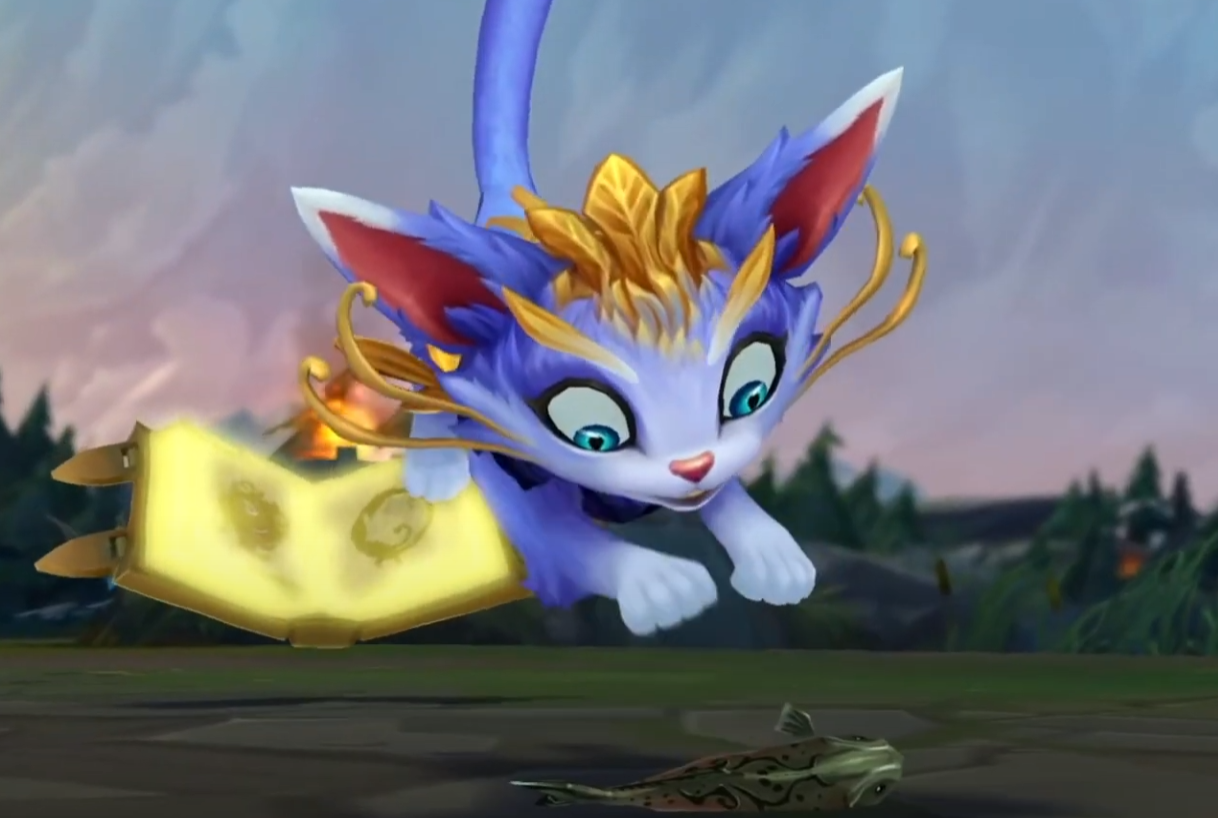A very interesting superstition has emerged regarding the jersey colors of World Championship winning teams in League of Legends. This pattern, which alternates between white and black jerseys each year, has caught the attention of fans and teams alike.

The Origins and Pattern
The superstition dates back to Fnatic's victory in 2011. Since then, observers have noticed that the winning team's jersey color alternates between black and white each year. While there are some exceptions, like SK Telecom T1's predominantly red jersey in 2013 (which still featured black as a secondary color), the pattern has largely held true.
This year, according to the pattern, a team wearing white should emerge victorious. As a result, many top teams have opted for white or predominantly white jerseys, including GenG, BLG, LNG, TES, G2, and T1.
Recent Finals and the Self-Fulfilling Prophecy
Interestingly, in the last three World Championship finals, both finalist teams have worn contrasting black and white jerseys, with the winner adhering to the pattern:
- 2023: Weibo (white) lost to the eventual winner (black)
- 2022: T1 (black) lost to DRX (white)
- 2021: DWG KIA (opposite color to their opponent) lost in the finals
This consistency has only reinforced the belief in the superstition.
The Impact on Team Choices
The superstition has clearly influenced team decisions, with many opting for white jerseys this year in hopes of aligning with the "prophecy." It's become a self-fulfilling prophecy of sorts - teams choose white because they believe it might help them win, and when a white-jerseyed team inevitably does win, it further reinforces the belief.
Want to play with a pro?
Check out these cheap boosting services where you can team up with a pro player and rank up in no time!
Exceptions and Skepticism
Not all teams are buying into the superstition. Hanwha Life Esports (HLE), for instance, is using an orange jersey with black as a secondary color. This bold choice stands out among the sea of white jerseys.
Some fans and analysts view the pattern as mere coincidence or a product of confirmation bias. Others point out that focusing on such superstitions might detract from the actual gameplay and skills of the teams.
The Psychology Behind Sports Superstitions
While it may seem silly to some, superstitions are common among elite athletes across various sports. These beliefs can serve as mental tools, providing a sense of control and confidence in high-pressure situations. Whether it's a specific pre-game ritual or a lucky charm, these practices can help players feel prepared and focused.
In the case of the jersey color superstition, even if teams don't fully believe in it, they might adopt it as a "why not?" measure. It's an easy thing to do that doesn't hurt their chances and might provide a psychological edge.

Regardless of the outcome, this phenomenon has added an extra layer of intrigue to the tournament, sparking discussions and adding to the rich tapestry of esports lore and tradition.


